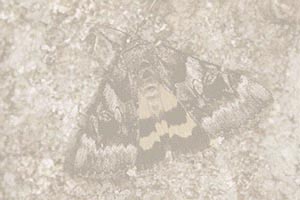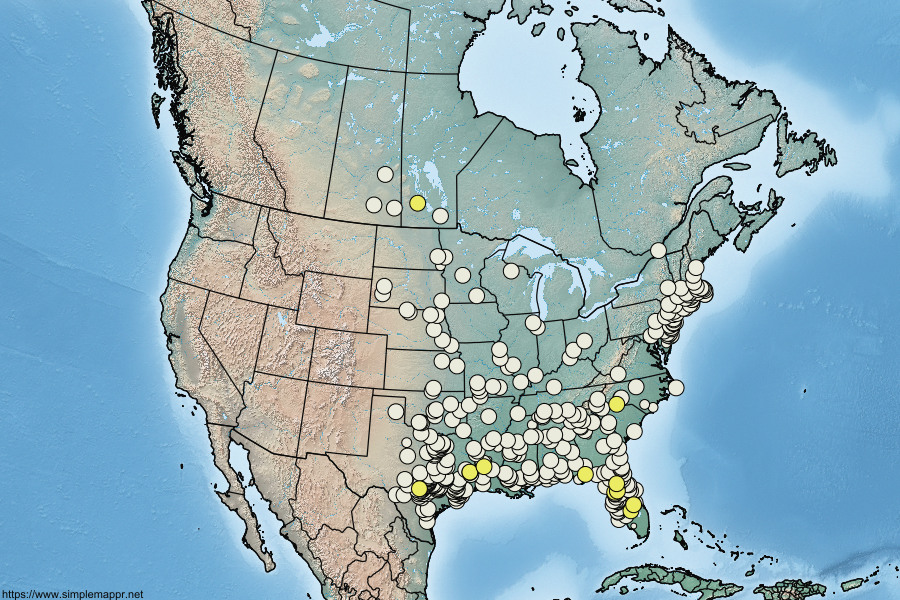 Catocala umbrosa
Catocala umbrosa
Brou, 2002
The larvae of
ilia and
umbrosa
are essentially identical as far as is known,
but are easily distinguished from all other North American species. Quickest diagnostic characters: (a)
on the venter, prominent black
rectangular patches running the width of A3 and A4, on a hot pink/white background; (b) short, stubby, fleshy and
typically multifurcated lateral filaments. Both species have forms with body ranging from brown to gray (shown here)
to spectacular lichen-mimics with crisply delimited dark markings overlaid on whitish green (the majority of iNat images). See
the iNat Wishlist page for a plea
to rear larvae of both species to try to uncover differences between them! Larvae from the Rocky Mountains and
west are likely all ilia since umbrosa is not know to occur in those regions, but the two species
overlap substantially elsewhere in North America. Known hosts for ilia and umbrosa include various oaks, but many
wild larval records are not associated with a reared adult and therefore not verifiable to species.
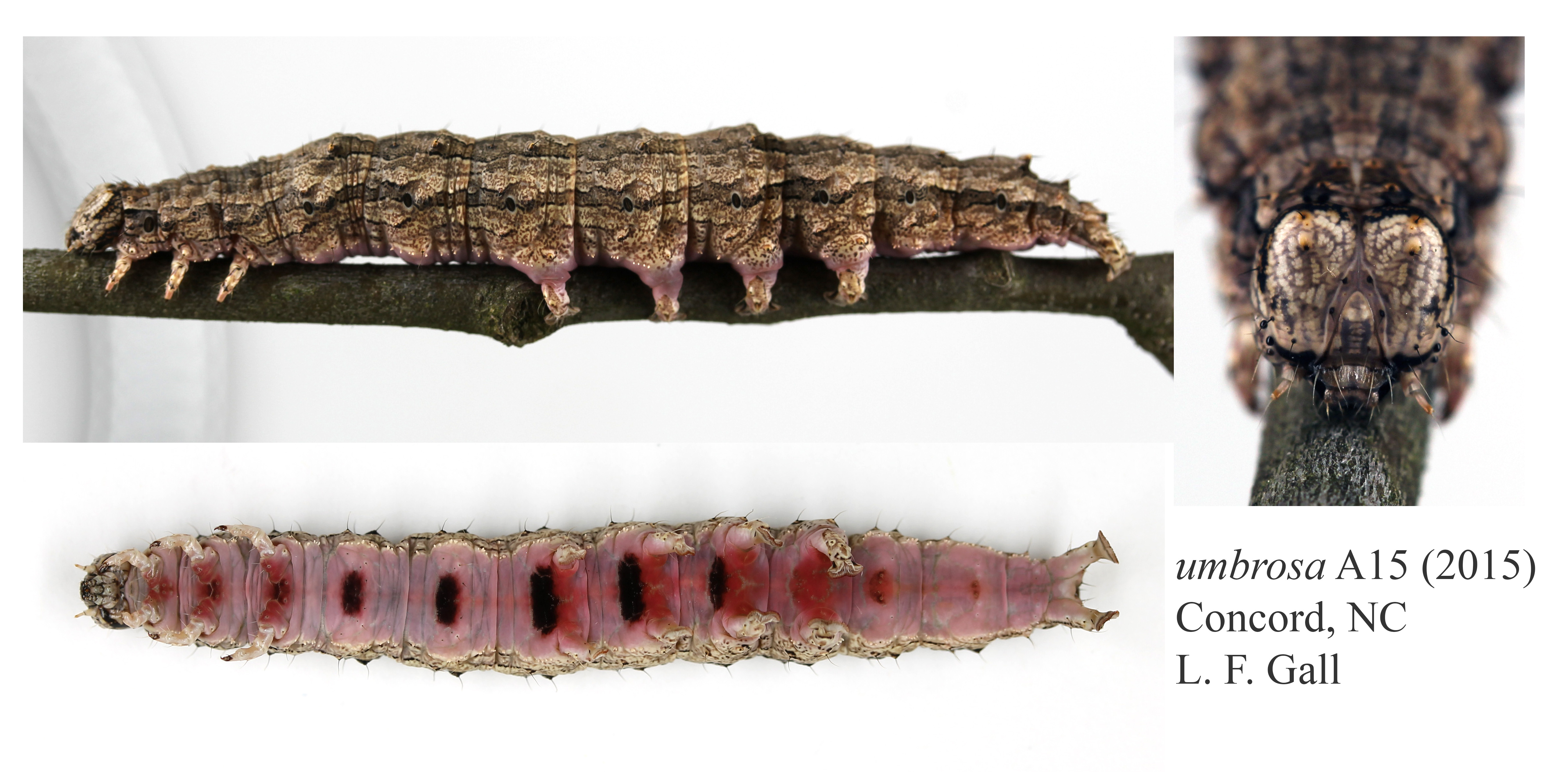
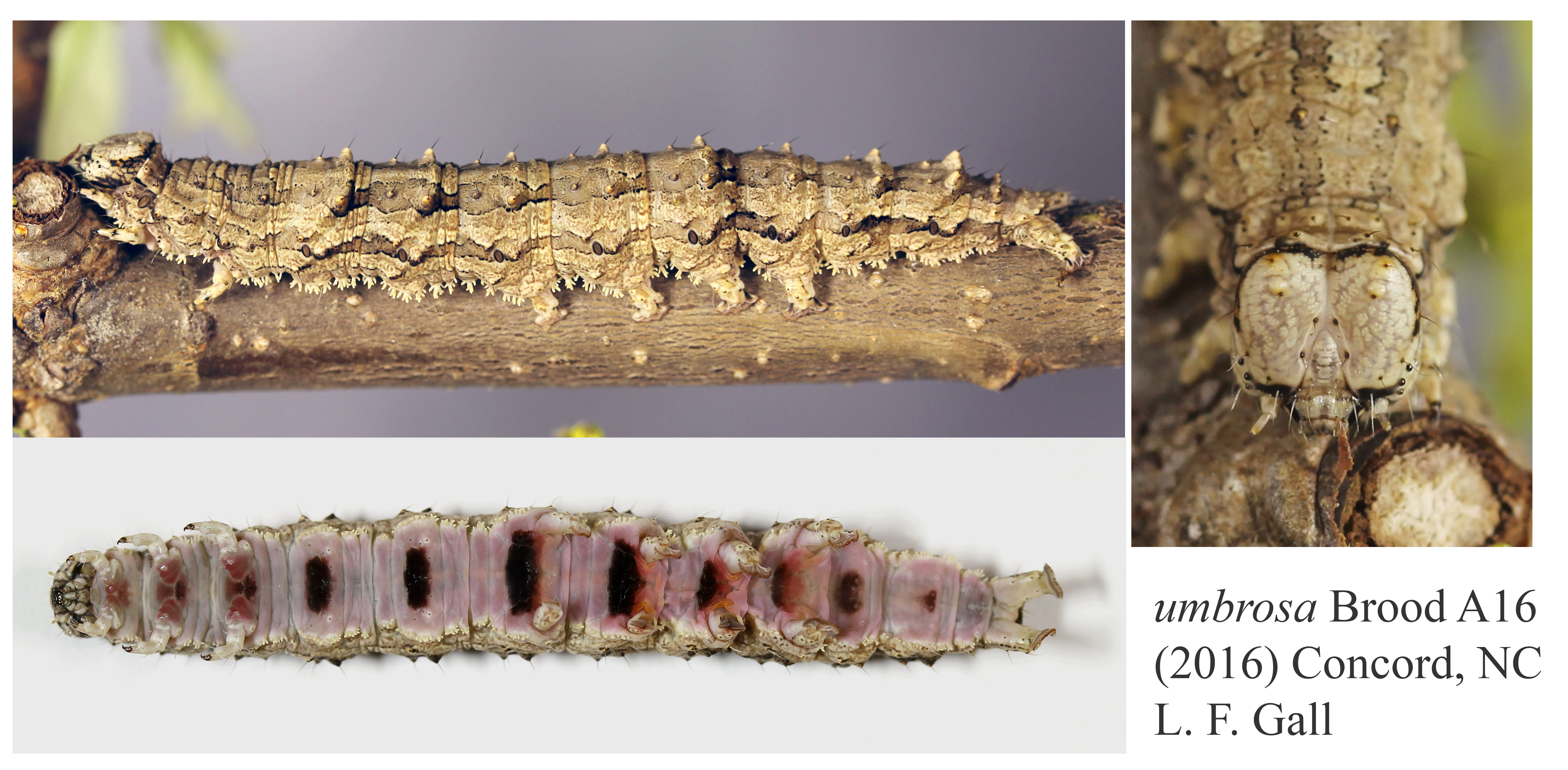
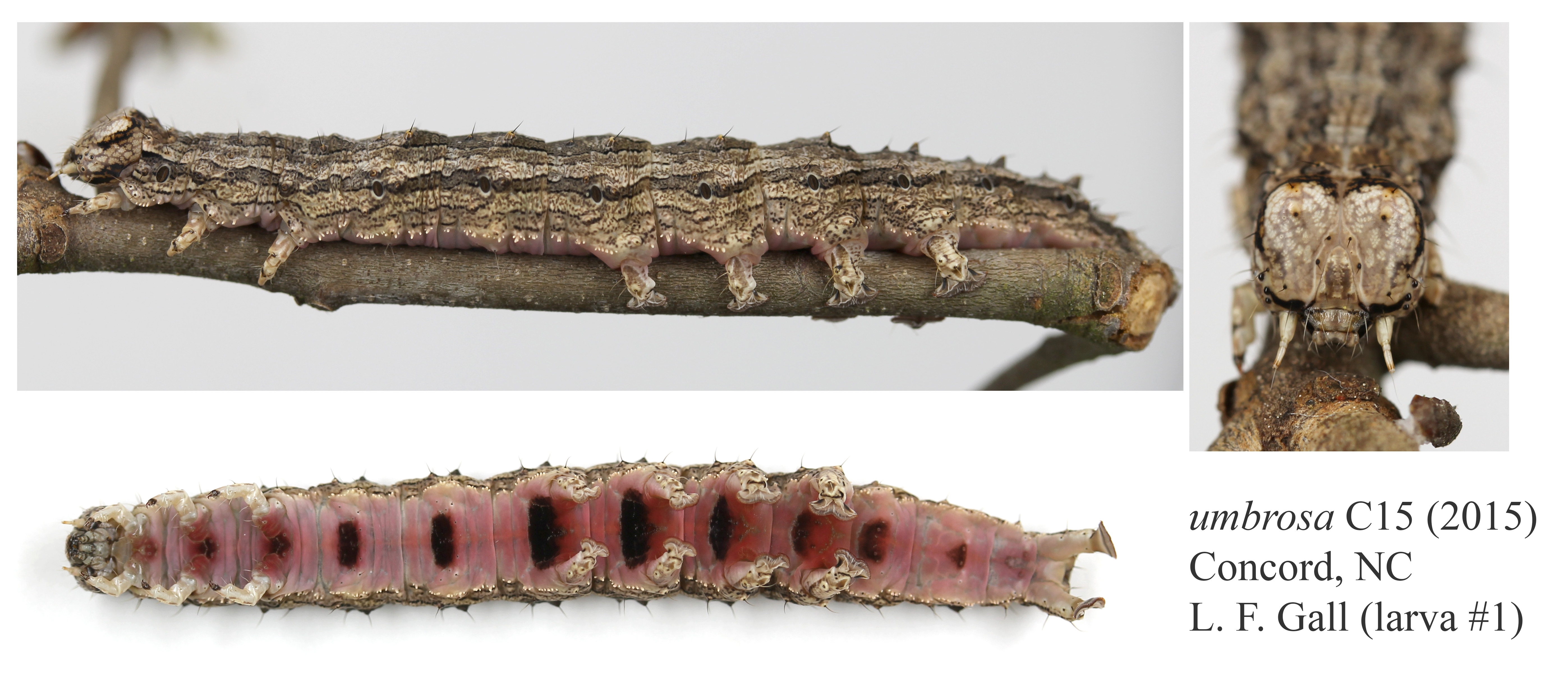

|
